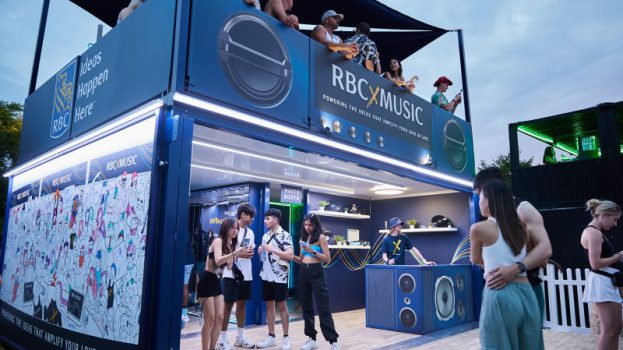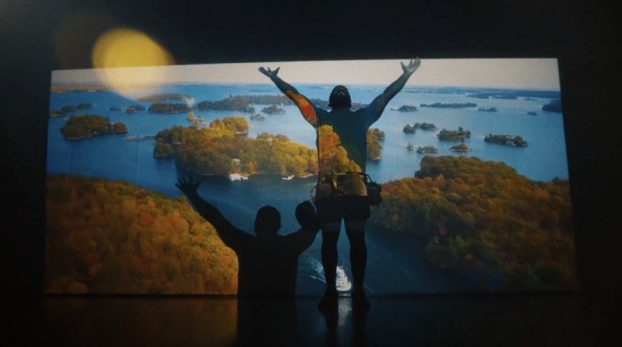By Mishal Omar, senior insights editor at Trend Hunter
The rise of the sustainable consumer comes as younger generations, particularly millennials and Gen Z, help drive a growing push for impactful solutions to climate change. With these generations identifying climate change as one of the most important issues of their time, brands are responding in-kind by curating experiences, campaigns and retail spaces that prioritize both sustainability and the lifestyle preferences of younger consumers.
Ecological vacations
Often motivated by experience more than they are purchasing goods, millennial and Gen Z consumers are increasingly spending their money on intangible things. This shift shows sustainability should not just be applied to the use of organic, “clean,” or otherwise environmentally-friendly products, but should be prioritized within experiential capacities as well.
One way in which brands are taking advantage of this emerging trend is in the form of ecological vacations, where travel and hospitality brands offer packages that have either a reduced impact on the environment or a positive one. This immersive form of engaging with environmental sustainability allows consumers to interact with the very issues they care about.
One example is the eco-cabins project initiated by the Tourism and Agribusiness Development Company of the Azores, which oversees tourism-related projects in the Portuguese islands of the Azores. Its cabins are made from materials that are locally sourced, recycled and feature solar panels that reduce the energy that could potentially be wasted by vacationers. These features, coupled with the cabins’ placement within the islands’ natural habitats, function as the ideal setup for consumers looking to combine sustainable practices and experiences.
Digital tree advocacy
It’s crucial that in bringing the issue of sustainability to younger audiences, brands are able to match the digital habits of those audiences. By speaking to millennials and Gen Z over familiar platforms, it’s not just about casting a wide net, but also about making direct and visceral connections.
A unique approach that falls under this category is advocating for the conservation of trees over interactive digital platforms that mimic the UX of popular apps. Serving entertainment and advocacy purposes, these apps present solutions for brands to create deep connections with consumers across the board.
The Valentine’s Day-themed Timber app by Swedish outdoor products brand Husqvarna matched users with trees that they can then “talk to” virtually. The power of such an app is its familiar format that’s been appropriated for a positive purpose, where awareness is not simply acknowledgment of the issue at hand, but an actual interaction that humanizes the cause.
Constructive communities
The most significant way that brands can impact sustainability in the long-term is embedding it within consumers’ lifestyles and day-to-day rituals. The consumption-fueled habits of most North American consumers are entrenched, so altering them via design, flexible business models and making ethical consumption second-nature could have a significant impact.
One of the ways in which brands are initiating this trend is in the creation of entire communities made from refurbished shipping containers. By producing community hubs that encourage exploration and socialization, brands are able to approach eco-friendliness in a way that directly aligns with how consumers already spend their free time.
Stackt, Toronto’s new cultural hub made from shipping containers, shows the benefits of this type of arrangement. Made from shipping containers, the hub features restaurants, artists, retailers and cafes among other businesses. In dense urban environments like that of Toronto, the meshing of local lifestyles with eco-design sets a precedent for the future of architecture in facilitating meaningful environmental and social interactions.
























